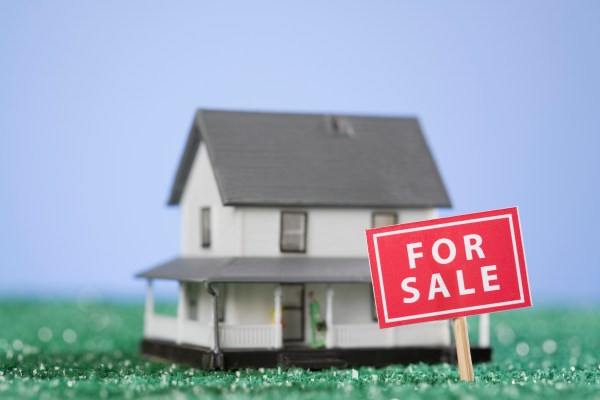After 3.5 years, Zillow announced this week that it is shutting down Zillow Offers and exiting the iBuying business. The news was not entirely unexpected, as the company had previously admitted to pausing home buying through the end of the year and was reportedly seeking investors to purchase 7,000 homes it had in its inventory.
Still, the retreat shocked the market: Zillow’s stock fell more than 20% on the news and fears around the iBuying market drove shares of competitors Opendoor down by about 15% and Offerpad about 6%. Those stocks have recovered a bit since, but there still seems to be some trepidation around iBuying as a business model.
Zillow basically confessed that its pricing model is at best a lagging indicator and really no good in a market that isn’t aggressively moving up and to the right.
We’ll know more about the impact of slowing housing sales and price appreciation on the broader market when Opendoor and Offerpad announce their third-quarter earnings next week. In the meantime, there’s plenty of anecdotal evidence to suggest that Zillow’s big loss wasn’t necessarily a business model problem with iBuying as a whole as much as it was a problem with Zillow’s algorithm.
At their most basic level, iBuyers seek to purchase homes at a slight discount to their market value, offering the convenience of a cash offer to sellers in exchange. They then make any necessary repairs or renovations necessary, list the property and attempt to sell it for more than their initial purchase price, making money on the spread.
The fundamental problem Zillow ran into, and the reason it decided to exit the business, was that in the third quarter the company was paying above market value for homes and selling them for less than their initial market price.
Selling an asset at a loss is a bad idea in most areas of business, but it is a particularly bad idea in a market where sales cycles are slow, unpredictable, and largely out of your control. In Zillow’s initial confirmation that it would halt homebuying last month, the company blamed supply and labor constraints as part of the reason that it was hitting pause on the business.
While it’s likely that the company overestimated the speed at which it would be able to turn over its inventory, the fact remains that as other iBuyers slowed their pace of purchase and the median price they were shelling out for each home, Zillow plowed full-speed ahead with its buying spree.
The company purchased more homes in the third quarter than in the previous 18 months combined — and it did so at much higher prices than the competition. That resulted in constrained margins in some markets and outright losses in others.
To its credit, Zillow admitted to screwing up royally, but not before it announced that it lost more than $380 million in its iBuying business in the third quarter and that it would be writing down as much as $569 million related to its existing home inventory over the second half of the year.
“Fundamentally, we have been unable to predict future pricing of homes to a level of accuracy that makes this a safe business to be in,” CEO Rich Barton said on its earnings call. Zillow basically confessed that its pricing model is at best a lagging indicator and really no good in a market that isn’t aggressively moving up and to the right.
Not surprisingly, this scenario was predicted in 2018 by Opendoor co-founder Keith Rabois (who, to be clear, is not exactly an impartial observer) when he tweeted, “If they [Zillow] buy homes at the Zestimate price, they will be bankrupt quickly. If they don’t, isn’t the Zestimate fraudulent?” Rabois went on to add in response to questions in the thread that Zillow’s Zestimate “[s]kews high in almost every market.”
So what does this mean for iBuying in general?
Zillow’s exit might have spooked some investors from the market as a whole, but there are signs that competitors like Opendoor and Offerpad are weathering the storm much better. That is, their models and algorithms recognized the cooling housing market and reacted appropriately; they didn’t assume outsized home appreciation through the second quarter and as a result priced their offers more appropriately.
Surveys of some markets show Opendoor and Offerpad’s average purchase price decreased over the past three months, while their average buy-to-list profit margins remain well above Zillow’s.
That’s not to say that the other iBuyers will have blowout earnings in comparison, especially during a cooling market. But at the very least, there’s good reason to believe that unlike Zillow they will remain open for business.
